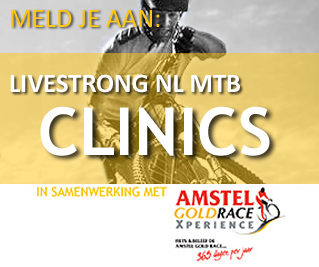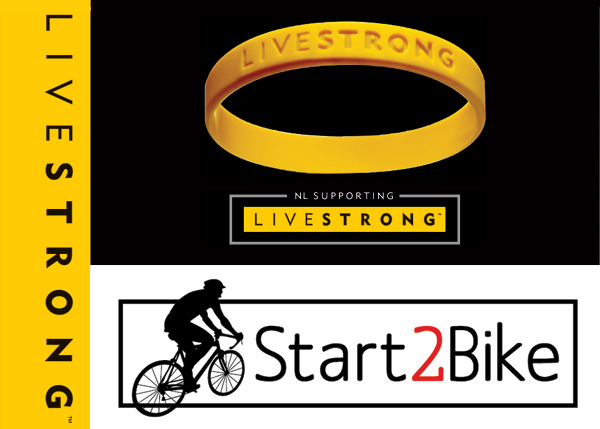De patiënt centraal – Patient Centered Care
29Apr2014 In categorie: Nieuws & Informatie Auteur: adminPatients First in Cancer Care
Doug Ulman – Cancer survivor and national cancer survivorship advocate – CEO of the LIVESTRONG Foundation
The term ‘landmark’ is thrown around a lot, but it’s no overstatement when applied to a jarring report released recently by the Institute of Medicine (IOM) titled “Delivering High-Quality Cancer Care: Charting a New Course for a System in Crisis.”
This report’s strongest call-to-action said that the 14 million people living with cancer or receiving treatment now in the U.S. deserve a more equal focus to that which the search for a future cure has received. In fact, we at the Livestrong Foundation believe the focus on a future cure is not the only thing people affected by cancer need today. With more than 1.6 million new cancer diagnoses affecting individuals and families each year, and that number expected to rise to 2.3 million by 2030 according to the IOM, the questions facing our community are both critical and pressing: will we take action to avert this crisis? Can we afford not to?

Various complex factors are also at play in the crisis pinpointed by the IOM, including a shrinking oncology workforce at the same time that demand is increasing, demographic disparities in access to care and deficiencies in health information technology. Our impulse as a cancer community has been to chase the technical aspects of these problems around and
© LIVESTRONG
.
around without focusing on the overarching strategic imperative: closing gaps in cancer care and making the health care system more patient-focused — and therefore effective. And as research has shown, programs that focus on patient quality of life have tangible impacts, including extending lives.
In practice, the challenge at hand is seeking more balance in cancer resource allocation, reorienting the cancer care system around the patient so improving the day-to-day quality of life for people living with the disease is recognized as being of equal importance to the scientific search for a future cure. To understand the importance of a more patient-focused system, it’s worth looking back into the last century. Twenty years ago, when the movement to make the patient more central in cancer care began, the experience of people facing the disease was still marked by stigma, frustration, confusion and fear.
When I was a sophomore on my college soccer team, living with all the excitement of a normal 19-year-old, I was diagnosed with cancer three times in a ten-month period. I was afraid, yes, and then my fear turned to frustration at my inability to find the support I needed. This is why my family and I founded the Ulman Cancer Fund for Young Adults, to support, educate and connect young adults, their families and friends who are affected by cancer.
So things are changing for the better, in part because so many people facing cancer and their families have started to take treatment and daily quality of life issues into their own hands. They are increasingly living healthier, more active lives and tackling their disease on their own terms. They are seeing better results come along with it, not to mention a richer life. Iram, for example, was married with a daughter when he was diagnosed with brain cancer. The start of this process was emotionally challenging, and he got divorced shortly after his brain surgery. But Iram then joined a Livestrong Cancer and Relationships class, giving him perspective and connecting him with other people in similar situations. He now makes the most of every moment he has with his daughter.
These “engaged patients” are our models as we enter the future of cancer care. According to the IOM report, which the Livestrong Foundation helped sponsor alongside many other health organizations, “the cancer care system should support patients in making informed medical decisions that are consistent with their needs, values and preferences.”
More support programs to help people navigate through the blizzard of daily challenges related to treatment, financing, legal issues, fertility and other matters must be created. We also have to find new, innovative approaches to getting people the information they need to be engaged.
For our part, the Livestrong Foundation has just launched Cancer Hacks, a new online crowdsourcing platform for simple but critical tips from both Foundation experts and average patients. An example: Chemotherapy causes dehydration, so Livestrong suggests keeping coolers of water bottles in every room. Or for patients or family members who speak another language or have limitations with hearing or sight, one Cancer Hack suggests asking your doctor, nurse or social worker about providing a free translator to give the patient the ability to be part of the decisions about their treatment.
The IOM report also highlights the critical issue of “accessible and affordable cancer care.” The panel of experts noted major disparities among individuals who are of lower socio-economic status, are racial or ethnic minorities, lack health insurance coverage, and are older. As a cancer community, we need to ignore the politics and aggressively advocate for policies that make affordable insurance options available to all people facing cancer, regardless of their background. That means doing everything we can to help patients navigate the Affordable Care Act exchanges and offering our support to improve the system in the states and at the federal level.
Making the cancer care system more patient-focused will be hard, but there shouldn’t be any confusion about why we must get this work done. Improving patient engagement and quality of life isn’t just a feel-good approach — it’s life-saving. And we really have no choice.




Leave a reply